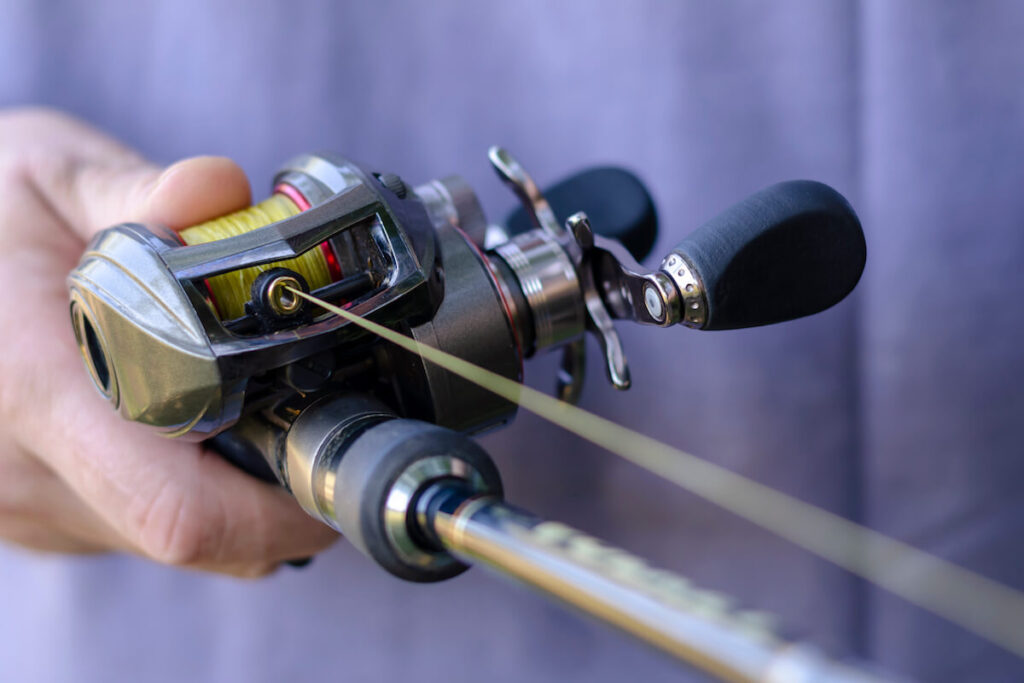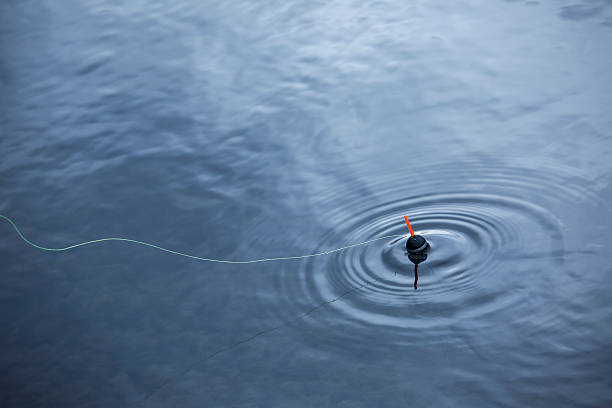Best Fishing Lines in 2025: Mono, Fluoro, and Braid
Choosing the right fishing line is crucial for success in 2025. Fishing lines come in three main types: monofilament, fluorocarbon, and braided lines. Moreover, each type offers unique advantages depending on water conditions, target species, and fishing techniques. Understanding the differences helps anglers improve casting, hook sets, and overall catch rates.

Monofilament Fishing Line
Monofilament (mono) is a popular choice for both beginners and seasoned anglers. It is versatile, easy to handle, and stretches to absorb shocks. This makes it ideal for fighting fish with sudden bursts of speed. Moreover, mono floats well, making it suitable for topwater lures. Pairing mono line with spinning reels or conventional reels provides smooth casting and control. Monofilament works well for freshwater species like bass, crappie, and panfish.
Fluorocarbon Fishing Line
Fluorocarbon is nearly invisible underwater, making it ideal for clear water and finicky fish. Its low stretch provides excellent sensitivity, helping anglers detect subtle bites. Moreover, fluorocarbon sinks faster than mono, improving presentations with weighted rigs. For targeting trout, walleye, and bass in clear lakes or rivers, fluorocarbon is often the preferred choice. Pairing it with multi-species rods ensures accurate casts and strong hook sets.
Braided Fishing Line
Braid is known for its strength and zero stretch, making it ideal for heavy cover or large fish. It has a smaller diameter for the same strength, allowing longer casts and improved sensitivity. Moreover, braid excels in saltwater conditions, handling abrasive environments better than mono or fluorocarbon. Anglers targeting species like pike, musky, or offshore fish benefit from braided lines paired with specialized reels and blue water rods.

Choosing the Right Line for Conditions
Line selection depends on water clarity, fish behavior, and fishing technique. In clear water, fluorocarbon is ideal due to its invisibility. For topwater or light tackle setups, mono provides buoyancy and stretch. Meanwhile, braid is perfect for deep cover, strong currents, or targeting large species. Moreover, anglers often use a combination of lines, such as braid with a fluorocarbon leader, to maximize both strength and stealth.
Line Maintenance Tips
Maintaining fishing lines improves performance and longevity. Monofilament can degrade from sunlight exposure, so store it in a cool, dark place. Fluorocarbon lines should be checked for cracks or abrasions before each trip. Braided lines require regular inspection for frays or damaged fibers. Using proper line management with freshwater combos or saltwater combos ensures smooth casting and prevents tangles.
Tips for Beginners
New anglers should start with versatile lines such as 8–12 lb mono or 10–20 lb fluorocarbon, depending on target species. Experimenting with braid for heavy cover or larger fish helps develop skill and confidence. Moreover, practicing proper knot tying, such as the Palomar or improved clinch, improves hook-up rates. Resources from Bassmaster provide expert guidance on line selection and applications.
Conclusion
Choosing the best fishing line in 2025 requires understanding the unique properties of mono, fluorocarbon, and braid. Monofilament offers versatility and stretch, fluorocarbon provides stealth and sensitivity, while braid delivers strength and durability. Moreover, pairing the right line with quality gear, such as conventional reels and multi-species rods, maximizes your effectiveness on the water. With proper selection, maintenance, and technique, anglers can improve performance and enjoy consistent success across freshwater and saltwater environments.
Meta: Discover the best fishing lines in 2025. Learn about monofilament, fluorocarbon, and braided lines, plus tips for choosing the right line for any fish or condition.
